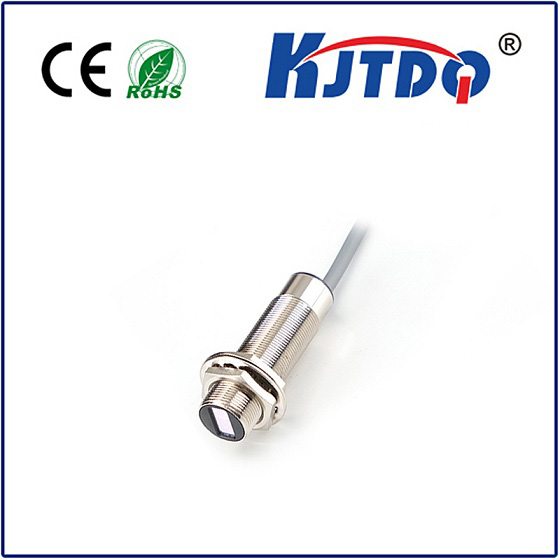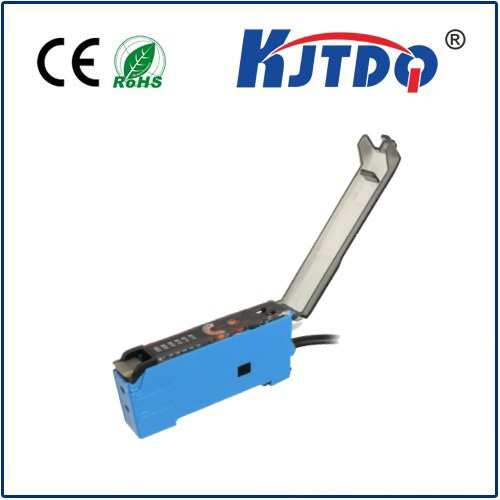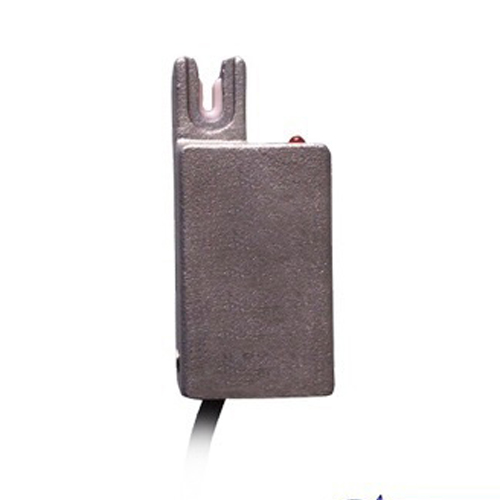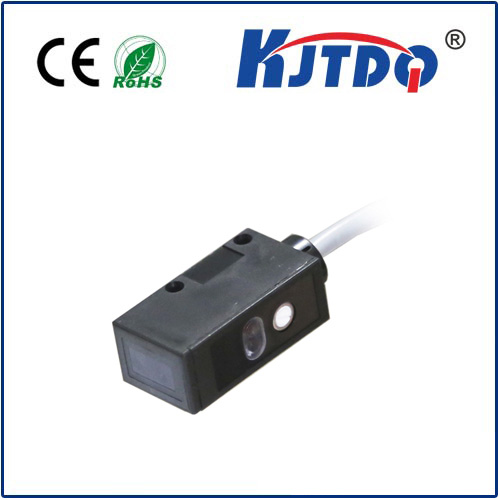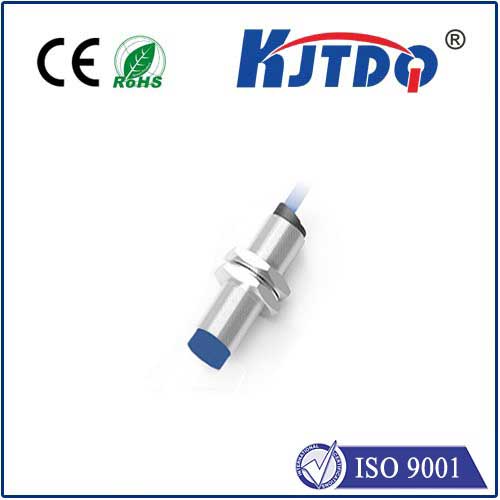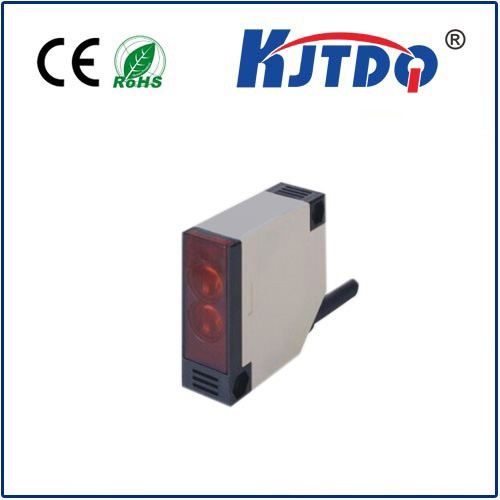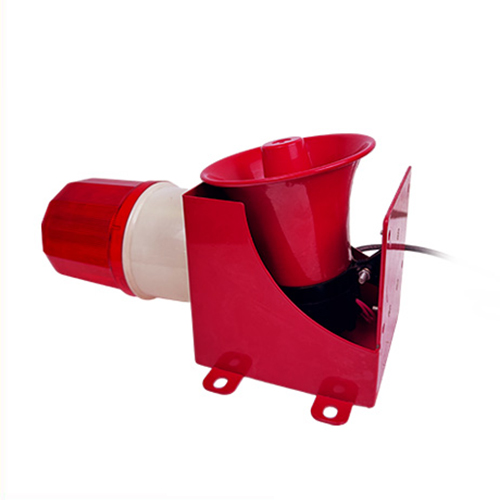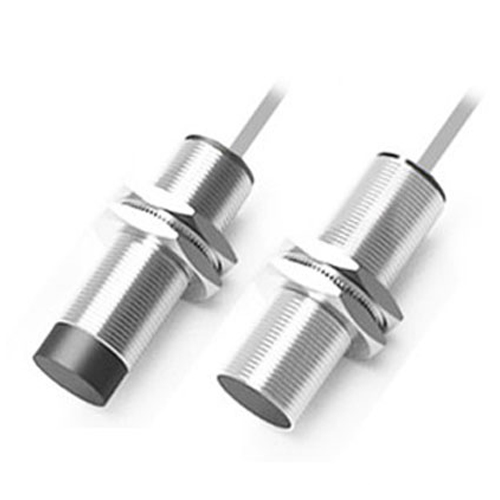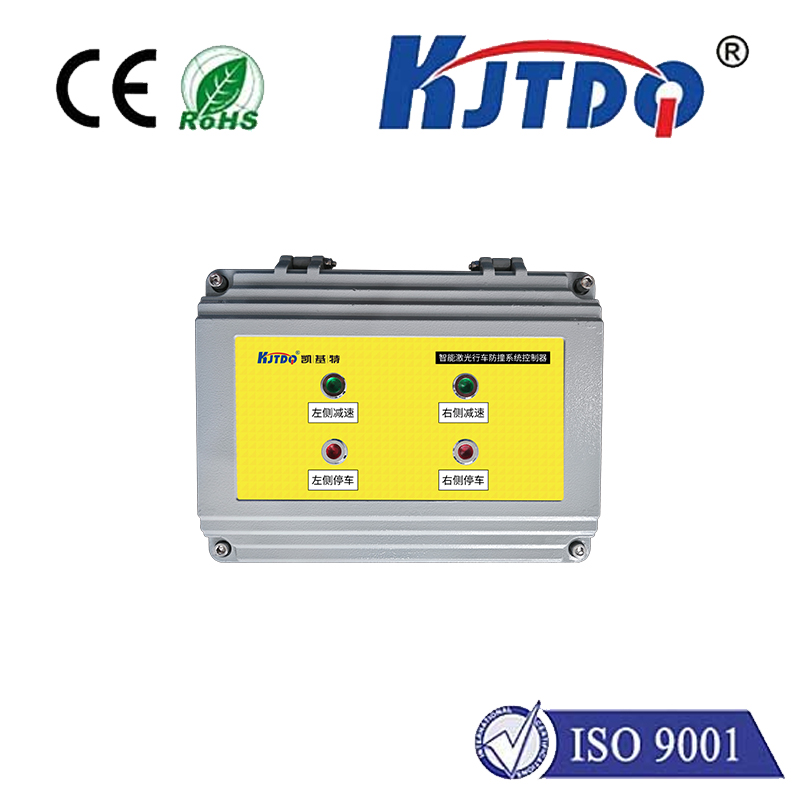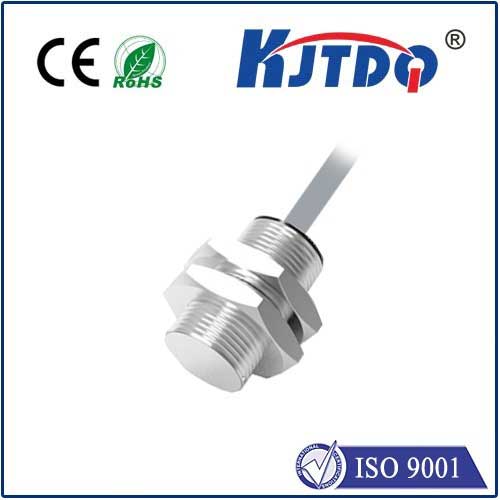temperature element
- time:2025-08-24 03:10:23
- Click:0
The Silent Sentinel: Understanding Temperature Elements and Their Critical Role
Temperature. It’s a fundamental physical parameter influencing everything – from the efficiency of your car engine to the curing of concrete, the shelf life of pharmaceuticals, and the comfort of your home. Accurately measuring it is paramount, and at the heart of countless temperature sensors lies a crucial component: the temperature element. This unassuming piece is often the unsung hero enabling precision and control across diverse industries.
More Than Just a Sensor: Defining the Temperature Element
Think of the temperature element as the core sensing component within a larger temperature measurement device. It’s the part that directly interacts with the environment or substance whose temperature you need to know. This interaction causes a measurable physical change within the element itself. The remaining parts of the sensor – wires, housing, transmitters – essentially serve to protect, connect, and translate this elemental change into a readable signal (like voltage, resistance, or a digital value).
The Workhorses: Common Types of Temperature Elements

While numerous principles exist, three primary temperature element technologies dominate the landscape due to their reliability, range, and cost-effectiveness:
- Resistance Temperature Detectors (RTDs): These rely on the predictable change in electrical resistance of pure metals with temperature. Platinum (Pt) is the gold standard (often Pt100 or Pt1000, where the number indicates resistance in ohms at 0°C), prized for its exceptional accuracy, stability, and linearity. RTDs are ideal for applications demanding high precision within ranges typically spanning -200°C to over 600°C. Their drawback? They are generally more expensive and less rugged than some alternatives.
- Thermocouples: Operating on the Seebeck effect, thermocouples consist of two dissimilar metal wires joined at the measuring end. A temperature difference between this measuring junction and a reference junction creates a small voltage proportional to the temperature difference. They are renowned for their wide temperature ranges (some types exceeding 1700°C), robustness, fast response times, and relatively low cost. However, they can be less accurate and stable than RTDs and require careful handling of the reference junction compensation. Common types include Type J, K, T, and N.
- Thermistors: These are temperature-sensitive resistors made from ceramic or polymer materials. Most exhibit a Negative Temperature Coefficient (NTC), meaning their resistance decreases significantly as temperature rises. NTC thermistors are highly sensitive, offering large resistance changes for small temperature shifts within their range (typically -50°C to 150°C). They are generally inexpensive and compact. However, their response is non-linear and their usable range is limited compared to RTDs and thermocouples. PTC (Positive Temperature Coefficient) thermistors are also used, often for over-temperature protection or switching applications.
| Element Type |
Principle |
Key Advantages |
Typical Range (°C) |
Common Applications |
| RTD (Pt100) |
Resistance Change of Metal |
★ High Accuracy★ Excellent Stability★ Good Linearity |
-200 to 600+ |
Laboratory instrumentsIndustrial process controlHVAC systems |
| Thermocouple (Type K) |
Seebeck Effect in Dissimilar Metals |
★ Wide Temperature Range★ Rugged Construction★ Fast Response |
-200 to 1250+ |
High-temperature processesGas turbinesFurnaces |
| Thermistor (NTC) |
Resistance Change of Ceramic/Polymer |
★ High Sensitivity★ Low Cost★ Compact Size |
-50 to 150 |
Consumer appliancesMedical thermometersBattery temperature sensing |
Choosing the Right Sentinel: Key Selection Factors
Selecting the optimal temperature element isn’t a one-size-fits-all decision. It hinges on careful consideration of several critical factors:
- Temperature Range: What are the minimum and maximum temperatures the element will encounter? Thermocouples excel at extremes, while thermistors are ideal for moderate ranges, and RTDs offer precision in between.
- Required Accuracy and Stability: How critical is pinpoint accuracy over time? RTDs generally outperform others here.
- Response Time: How quickly does the application demand the element react to temperature changes? Thin-wire thermocouples or small bead thermistors are fastest.
- Environmental Conditions: Will the element face vibration, moisture, corrosive chemicals, or high pressure? Rugged sheaths (like Inconel for thermocouples) and robust RTD constructions are vital. Immersion depth and thermal contact are also crucial for valid measurements.
- Cost and Longevity: Budget constraints and expected service life play a significant role. Thermocouples are often the most cost-effective for harsh/high-temp environments, while RTDs offer longer-term stability.
- Signal Conditioning Needs: Thermocouple signals are small and require specific compensation (cold junction compensation). RTDs need precise current excitation and resistance measurement. Thermistors require linearization circuits.
Where the Elements Stand Guard: Ubiquitous Applications
The reach of temperature elements is vast. You’ll find them:
- Industrial Process Control: Precisely monitoring and controlling temperatures in chemical reactors, refineries, food processing, plastic extrusion, and heat treating furnaces is impossible without them.
- HVAC and Building Automation: Ensuring comfort and energy efficiency relies on accurate temperature feedback from elements within thermostats, duct sensors, and room units.
- Automotive: Monitoring engine coolant, intake air, cabin temperature, exhaust gas (EGT), and battery temperature for performance, emissions control, and safety.
- Medical and Healthcare: From patient monitoring thermometers and incubators to sterilization equipment and diagnostic devices.
- Consumer Electronics: Protecting batteries in smartphones and laptops, managing processor temperatures in computers, and controlling appliances like ovens and refrigerators.
- Energy and Power Generation: Monitoring critical points in turbines, generators, transformers, and solar thermal systems.
- Aerospace: Measuring temperatures in engines, hydraulic systems, and cabin environments under extreme conditions.
Beyond the Basics: Ensuring Valid Measurements
Simply installing a temperature element isn’t enough. Proper installation is critical. This includes ensuring adequate immersion depth in liquids/gases, good thermal contact with surfaces, minimizing heat conduction along sensor wires, and protecting the element from damaging mechanical stress or environmental factors. Calibration against traceable standards is essential to maintain accuracy over time, especially for critical processes.
The Essential Foundation
From ensuring your morning coffee is hot to guaranteeing the safety and efficiency of complex industrial plants, temperature elements are fundamental. They are the primary transducers converting the invisible physical reality of heat into actionable data. Understanding their different






